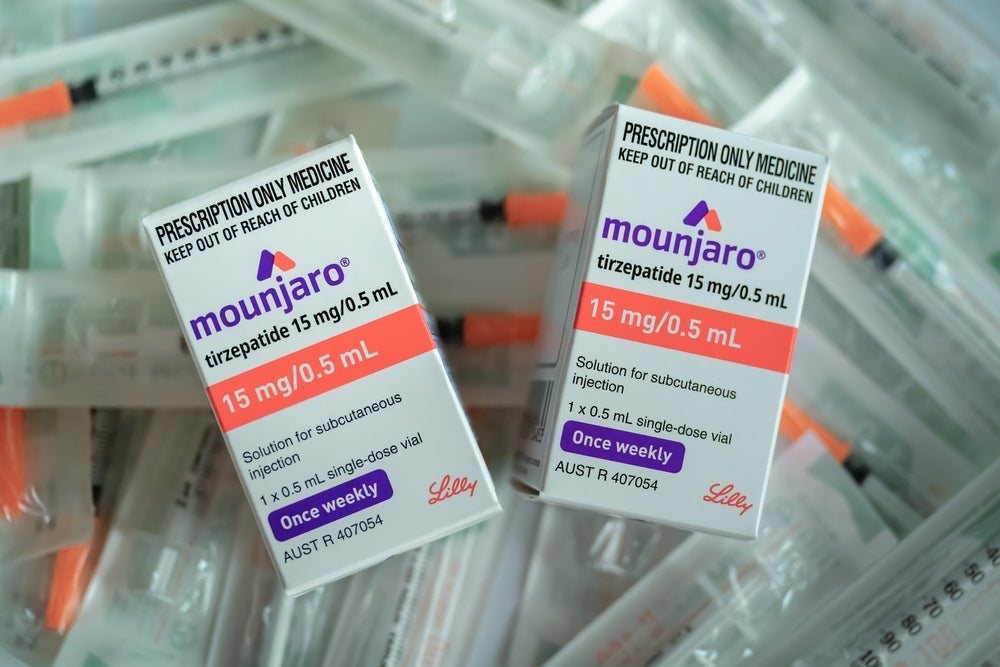In May 2020, AbbVie’s $63B acquisition of Allergan became the largest merger since Bristol-Myers Squibb acquired Celgene for $74B at the end of 2019. AbbVie was set to benefit from Allergan’s diverse portfolio of drugs for neurology, ophthalmology, gastrointestinal, women’s health, and cardiovascular indications. AbbVie’s top-selling drug Humira (adalimumab) is set to lose market share to biosimilars in the coming years. Products that may cushion the decline in Humira sales include Allergan’s Botox (onabotulinumtoxinA), Vraylar (cariprazine), and Ubrelvy (ubrogepant). AbbVie’s inherited ophthalmology pipeline includes products being developed for indications such as blepharospasm, presbyopia, retinitis pigmentosa, allergic conjunctivitis, and wet age-related macular degeneration (wAMD). Allergan’s lead candidate for wAMD is abicipar pegol, an intravitreal anti-angiogenic agent expected to be administered every 2-3 months. This frequency of administration is less than that of standard of care (SOC) drugs such as Roche’s Lucentis (ranibizumab) and Avastin (bevacizumab).
During the current Covid-19 pandemic and ongoing stringent social distancing guidelines, retina specialists are increasingly seeking treatment options that require fewer appointments for patients. This is especially important because most wAMD patients are elderly and live with high-risk, age-associated comorbidities.
Angiogenesis is the main pathophysiological process that damages ocular structures in wAMD, and the intravitreal route of administration has been associated with improved efficacy over topical drugs in clinical trials. Abicipar pegol was manufactured using designed ankyrin repeat protein (DARPin) technology, which is an R&D platform used to generate genetically engineered, antibody-mimetic, protein-based drugs. While abicipar pegol has progressed through the pipeline, demonstrating a favourable efficacy profile in wAMD patients ages 50 years and older, the side effect profile has caused the FDA to not approve the drug for use in the US market.
Notably, a significant subset of patients treated with abicipar pegol developed intraocular inflammation in clinical trials. Although the side effect has been managed with topical corticosteroids, chronic use of these drugs have also been linked to adverse events such as elevated intraocular pressure and cataracts. Furthermore, the risk of inflammation-related sight loss cannot be underestimated. Complicating the treatment regimen with anti-inflammatory drugs to combat the side effects of abicipar pegol reverses the marginal benefit of the low frequency of intravitreal injections compared to SOC therapies. In spite of this, the anticipated lower annual cost of therapy and AbbVie’s willingness to communicate with the FDA means that not all hope is lost for abicipar pegol, especially because the drug has met safety endpoints in other retinopathies such as non-diabetic and diabetic macular oedema.
How well do you really know your competitors?
Access the most comprehensive Company Profiles on the market, powered by GlobalData. Save hours of research. Gain competitive edge.

Thank you!
Your download email will arrive shortly
Not ready to buy yet? Download a free sample
We are confident about the unique quality of our Company Profiles. However, we want you to make the most beneficial decision for your business, so we offer a free sample that you can download by submitting the below form
By GlobalData









Related Company Profiles
Celgene Corp
AbbVie Inc
Bristol-Myers Squibb Co
Allergan Ltd
Roche AB